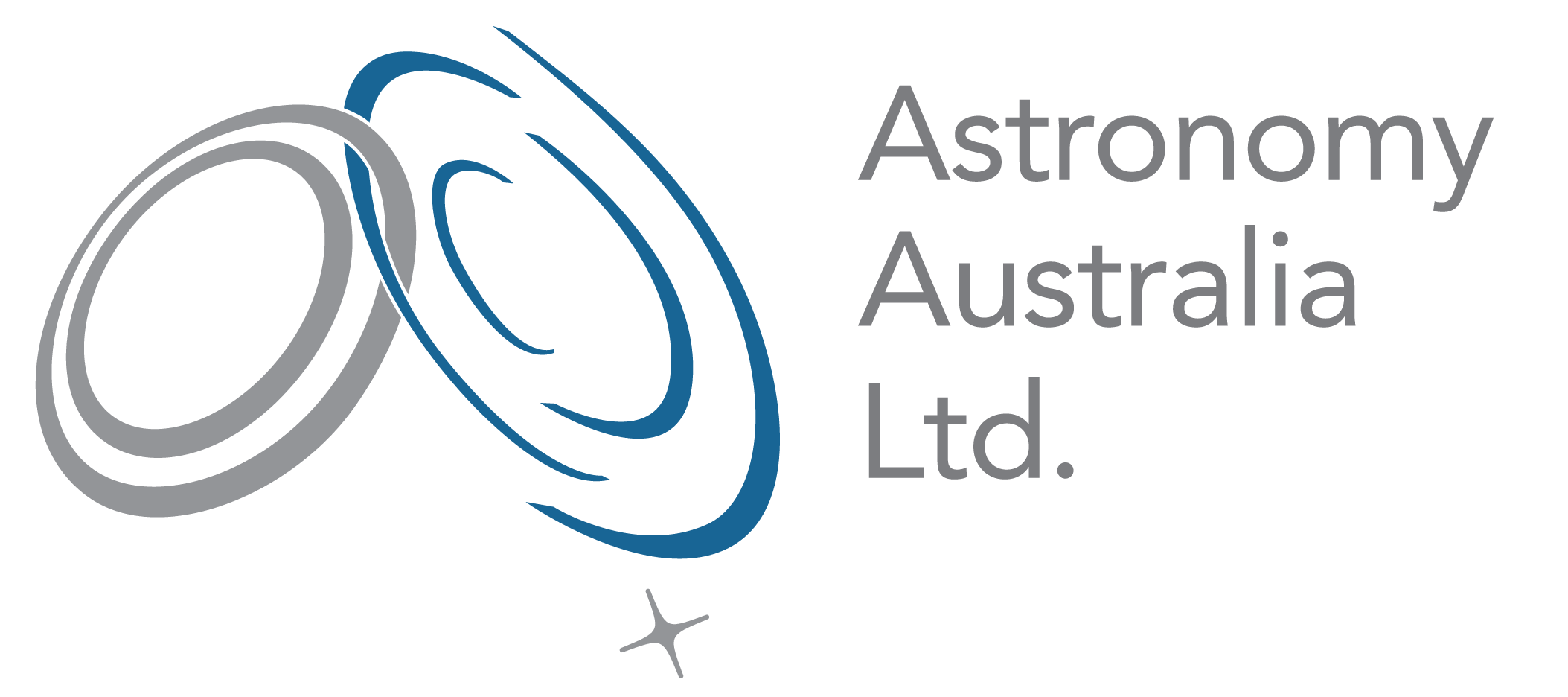The proposal deadline is Wednesday 28 March 2018 at noon Central European Summer Time (9pm Australian Eastern Daylight Time).
All applicants should consult the Call for Proposals document for Period 102 document, and will require an ESO User Portal account to submit proposals. Also, check out our list of Frequently Asked Questions about ESO.
Under the terms of the Strategic Partnership agreement, the full suite of ESO facilities currently in operation at the La Silla Observatory and the Paranal Observatory are available to the Australian community on the same basis as astronomers from any member state, with the exception of:
The AAO’s International Telescopes Support Office and ESO hosted a series of ESO Community Days in major capital cities around Australia in the lead-up to the Period 101 proposal deadline. Presentations by Dr Rob Ivison (ESO Director for Science) on “Current Facilities and Future Perspectives“, and Dr Ferdinando Patat (Head of the ESO Observing Programs Office) on “Time Allocation at ESO” are available.
